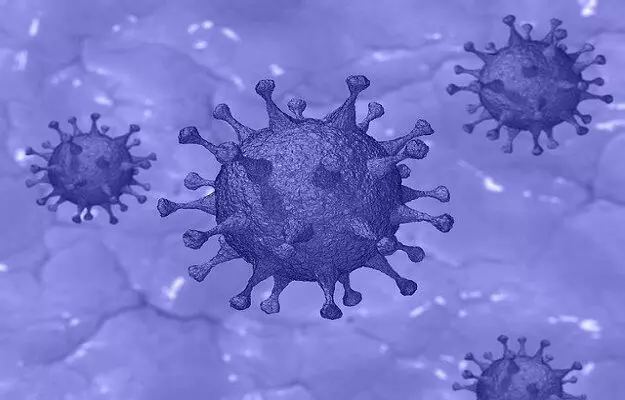Mutations are probably one of the worst things that come to mind when we talk of pathogenic microorganisms - no thanks to the many Hollywood movies where a virus suddenly ‘mutates’ and creates an apocalypse-like situation.
The concept can be frightening especially now when the world is facing a pandemic and scientists all over the world are trying to find a vaccine for SARS-COV-2, the causative agent of COVID-19. If that’s not enough, there have already been reports of various strains of the virus (genetic variants of the same virus) in the population, some being able to cause a much more serious infection than others.
Though mutation is a real concept, the concept of a mutation is a bit different from the version shown in films. For starters, mutations can be more than just a chance accident in lab (the COVID-19 causing virus would have had to mutate to transfer from animals to humans). Then, a mutation may not always increase the virulence of a virus or give it an evolutionary edge. In fact, a mutated virus may actually not be much different from the original version at all in terms off the disease it causes. And then there is a chance (however uncertain) that the virus just loses all of its ability to infect humans.
Here are some of the FAQs about viral mutations that most of us have wondered about.
But before talking about viral mutations, it is important to first understand what exactly a mutation is.
Read more: COVID-19 FAQs













































